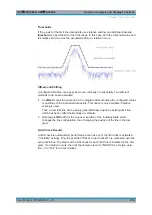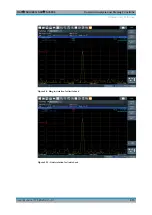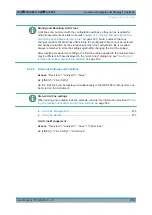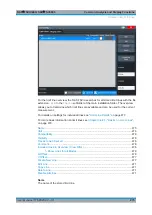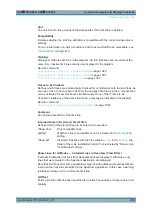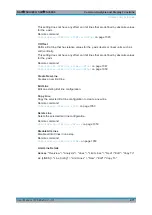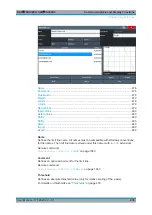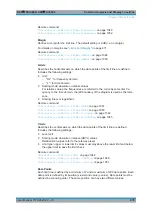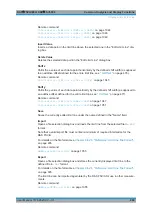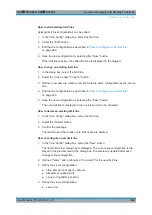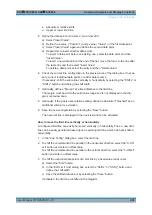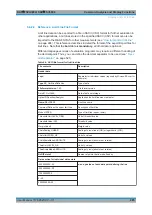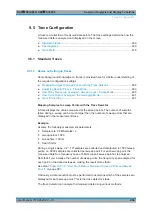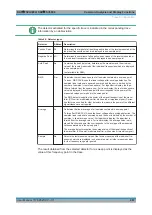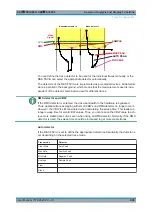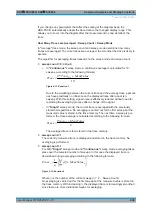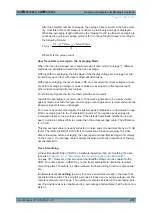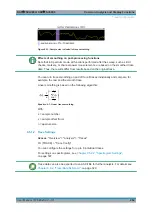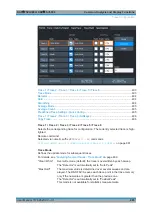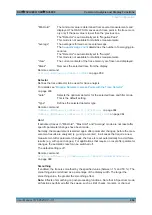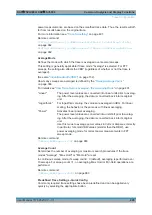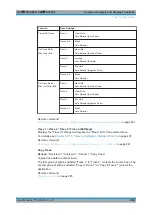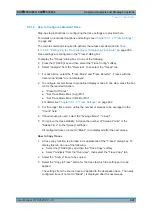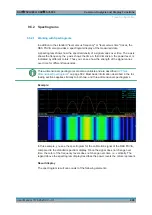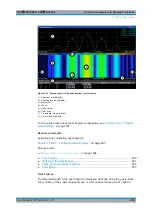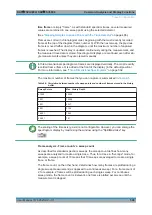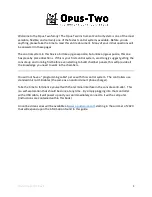
Common Analysis and Display Functions
R&S
®
FSVA3000/ R&S
®
FSV3000
486
User Manual 1178.8520.02 ─ 01
9.5
Trace Configuration
A trace is a collection of measured data points. The trace settings determine how the
measured data is analyzed and displayed on the screen.
9.5.1
Standard Traces
9.5.1.1
Basics on Setting up Traces
Some background knowledge on traces is provided here for a better understanding of
the required configuration settings.
Mapping Samples to sweep Points with the Trace Detector
.................................486
Analyzing Several Traces - Trace Mode
............................................................... 489
How Many Traces are Averaged - Sweep Count + Sweep Mode
How Trace Data is Averaged - the Averaging Mode
............................................. 491
Mapping Samples to sweep Points with the Trace Detector
A trace displays the values measured at the sweep points. The number of samples
taken during a sweep can be much larger than the number of sweep points that are
displayed in the measurement trace.
Example:
Assume the following measurement parameters:
●
Sample rate: 32 MSamples / s
●
sweep points: 1000
●
sweep time: 100 ms
●
Span: 5 GHz
During a single sweep, 3.2 * 10
6
samples are collected and distributed to 1000 sweep
points, i.e. 3200 samples are collected per sweep point. For each sweep point, the
measured data for a frequency span of 5 MHz (span/<sweep points>) is analyzed.
Note that if you increase the number of sweep points, the frequency span analyzed for
each point in the trace decreases, making the result more stable.
See also
Chapter 8.5.1.8, "How Much Data is Measured: Sweep Points and Sweep
Obviously, a data reduction must be performed to determine which of the samples are
displayed for each sweep point. This is the trace detector's task.
The trace detector can analyze the measured data using various methods:
Trace Configuration

